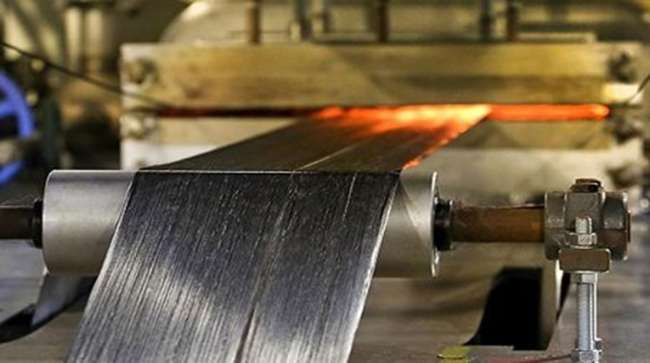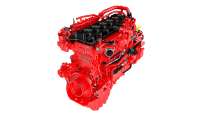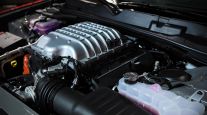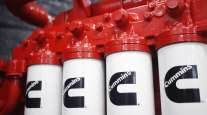Staff Reporter
Cummins, Government Lab Develop Enhanced Steel Alloy

[Stay on top of transportation news: Get TTNews in your inbox.]
A new high-temperature steel alloy rendering engines more durable and efficient has been developed by a team from Cummins Inc. and Oak Ridge National Laboratory’s lightweight materials’ researchers.
“The partnership with Oak Ridge National Laboratory and development of the new material shows the serious potential for improvements and efficiencies for our engines,” Corey Trobaugh, Cummins director of applied science and technology, said June 1. “I am extremely proud of the value of work our team has provided and the future improvement it lends.”
ORNL, in Oak Ridge, Tenn., is one of 11 U.S. Department of Energy national labs in the Lightweight Materials Consortium (LightMAT) that is using its technical expertise (plus equipment only found at national labs) to work with industry to develop and commercialize lightweight materials and manufacturing processes.
“A 10% reduction in vehicle weight can result in a 6% to 8% fuel-economy improvement, since it takes less energy to accelerate a lighter object than a heavier one. Using lightweight components and high-efficiency engines enabled by advanced materials in one quarter of the U.S. fleet could save more than 5 billion gallons of fuel annually by 2030,” according to DOE.
Cummins has been working with ORNL to research and develop an affordable alternative steel alloy with significantly better high-temperature oxidation resistance and strength.

Trobaugh
Compared with commonly used commercial steel, the new alloy material performed significantly stronger (85% more in ultimate tensile strength and 143% greater in fatigue strength) at high temperatures (660 degrees centigrade/1,112 Fahrenheit).
Headquartered in Columbus, Ind., Cummins invests $1 billion annually in research and technology across its product portfolio and specializes in diesel and alternative-fuel engines and generators as well as related components and technology.
Working through DOE’s Vehicle Technologies Office, LightMAT recently has been funding proposals with private industry under cooperative research and development agreements to develop lightweight materials that make electric vehicles more energy efficient.

Hayden Cardiff, co-founder and chief innovation officer of Idelic, discusses predictive analytics software and scoring driver practices. Tune in above or by going to RoadSigns.ttnews.com.
In May, LightMAT issued a call for proposals to fund projects that identify key technical challenges limiting use of lightweight materials that would improve energy efficiency in both conventional and electric vehicles.
It has been seeking partners to help develop vehicle lightweighting especially closure panels, chassis and suspension systems, interiors, structural battery enclosures and wheels. Excluded from the funding notice were projects dealing with batteries, power electronics or other powertrain systems.
Selected projects from companies will be awarded up to $500,00 in LightMAT technical assistance from the partnering national labs for no longer than two years. Private industry awardees are to pay for their labor, materials and other direct expenses to contribute a 50% minimum share of total project costs.
After the June 12 submittal deadline, LightMAT officials expect to choose four new projects.
Want more news? Listen to today's daily briefing below or go here for more info:




